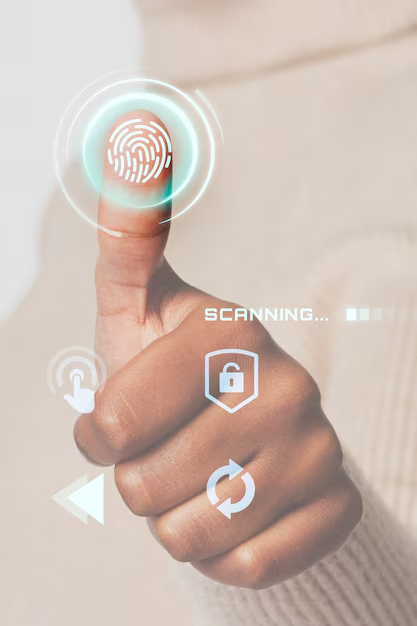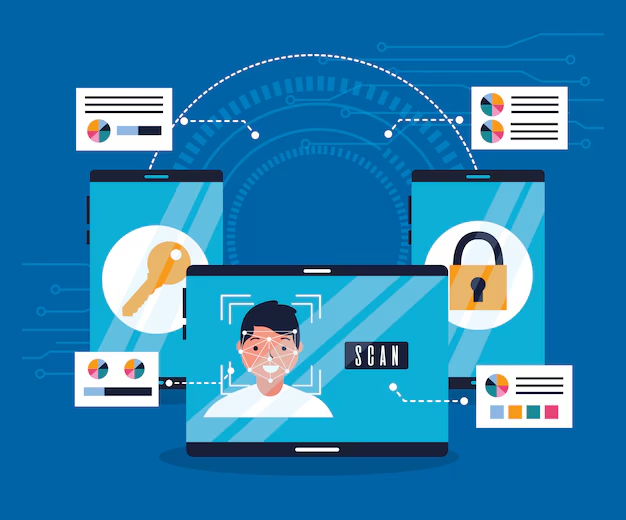


Access Control Software

Access control software is a crucial security solution that manages and regulates access to specific areas or resources within an organization. It provides a centralized system for user management, enabling administrators to set role-based permissions and utilize various authentication methods, such as key cards, biometrics, and PIN codes. The software offers real-time monitoring, automated alerts for unauthorized access attempts, and facilitates visitor management through temporary credentials. With comprehensive reporting and audit trails, it supports compliance with industry regulations and enhances accountability. Overall, access control software significantly improves organizational security, streamlines operational processes, and ensures that only authorized personnel can access sensitive areas.
Access control software is a comprehensive security management tool designed to regulate who can enter or
access specific areas and resources within an organization. It allows administrators to create a
centralized user database, where access permissions can be assigned based on roles and responsibilities.
This flexibility ensures that only authorized personnel can gain entry to sensitive areas.
The software typically utilizes various authentication methods, including key cards, biometric scans
(like fingerprints or facial recognition), and PIN codes, often incorporating time-based restrictions to
enhance security further. Real-time monitoring capabilities enable organizations to track access
Specifications
User Interface:Intuitive dashboard for easy navigation and management.
Support for mobile and desktop access for
remote management.
Compatibility with hardware systems (card readers, biometric scanners).
API support for integration
with other security systems, HR software, and building management systems.
Encryption protocols for secure data transmission.
Role-based access controls to restrict user
permissions.
Ability to scale with organizational growth, accommodating additional users and locations.
Reporting and Analytics:Customizable reporting on access patterns, user activity, and security incidents.
Features
User Management:Centralized user database for managing employee access credentials.
Role-based access permissions to
define access levels.
Various authentication methods, including key cards, biometric scans, mobile access, and PIN
codes.
Time-based access controls to restrict entry during specific hours.
Pre-registration and check-in features for visitors.
Temporary access credentials for guest users.
Real-time monitoring of access points and user activity.
Automated alerts for unauthorized access
attempts or security breaches.
Comprehensive logs of access events for compliance and investigation purposes.
Ability to generate
reports for audits and security assessments.
Location-based access controls to restrict entry based on user location.
Integration with Video Surveillance:Capability to link access control with CCTV systems for enhanced security.
Customizable Policies:Flexibility to set specific access rules based on organizational needs and policies.


